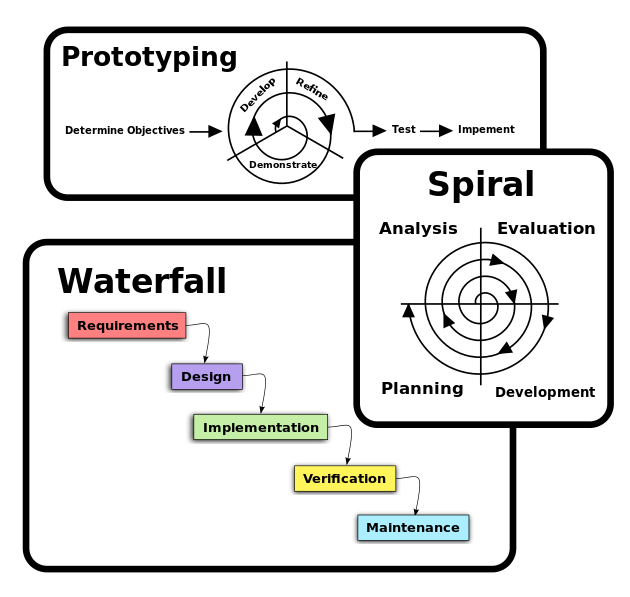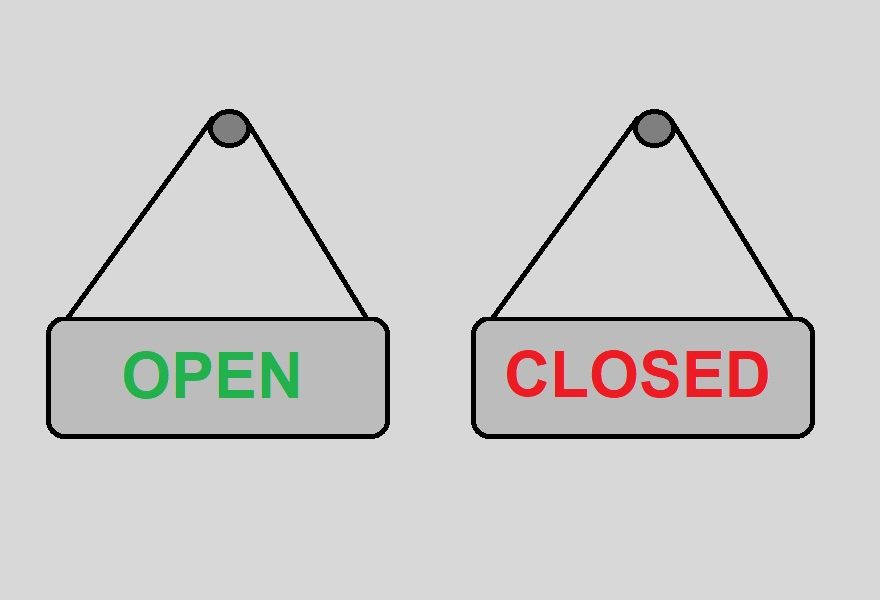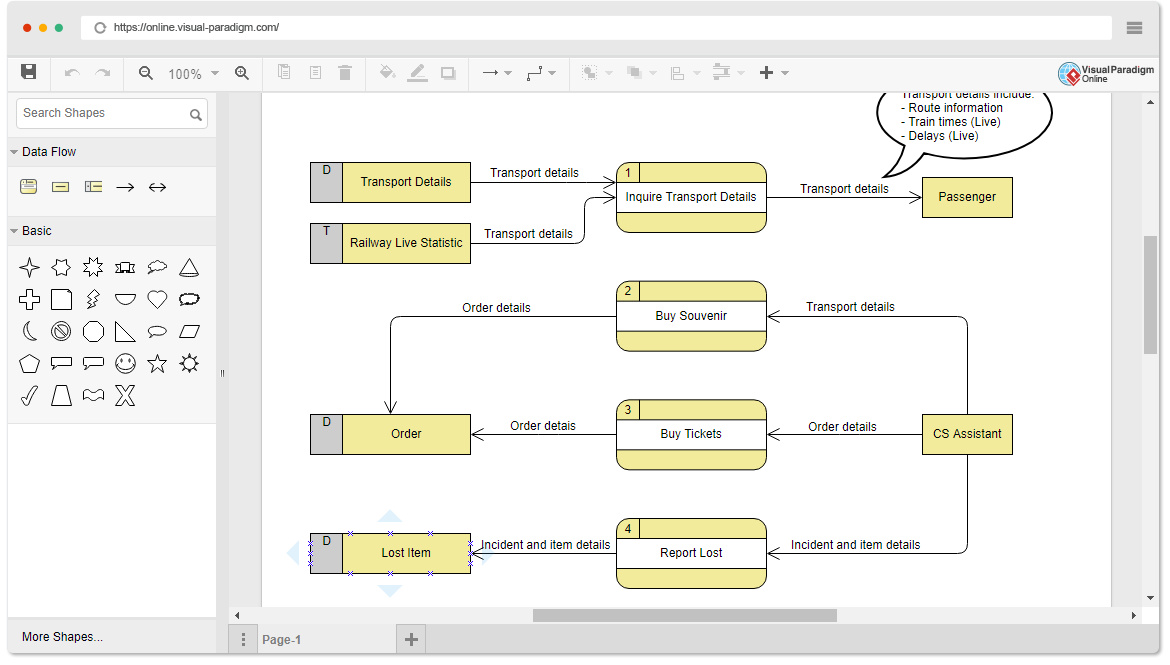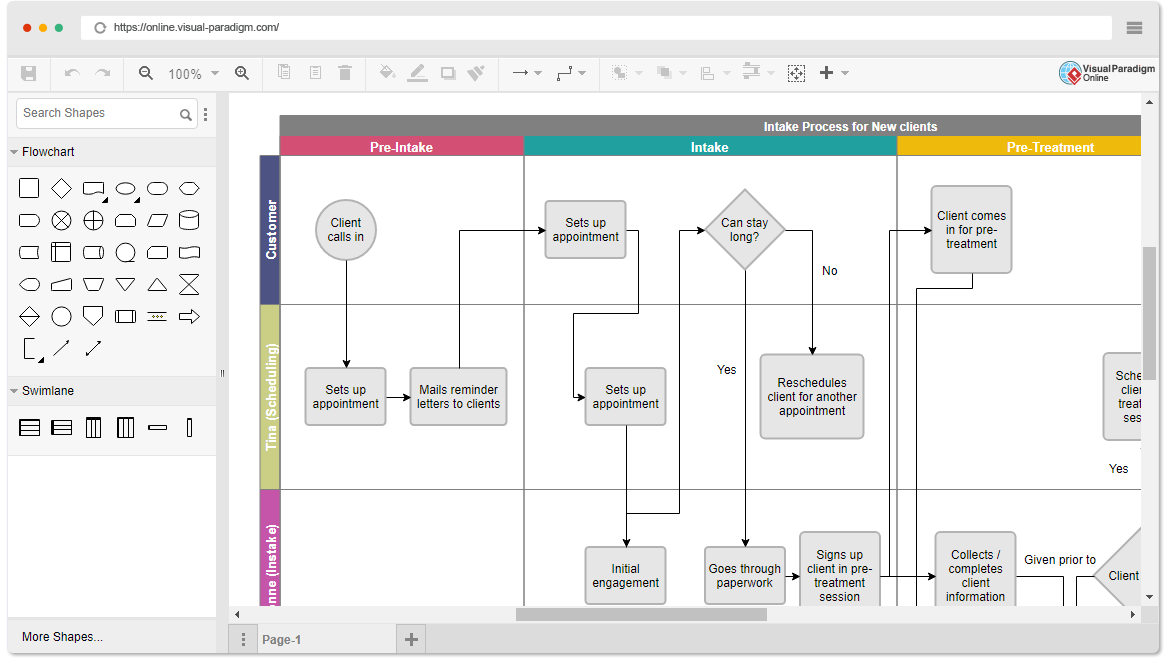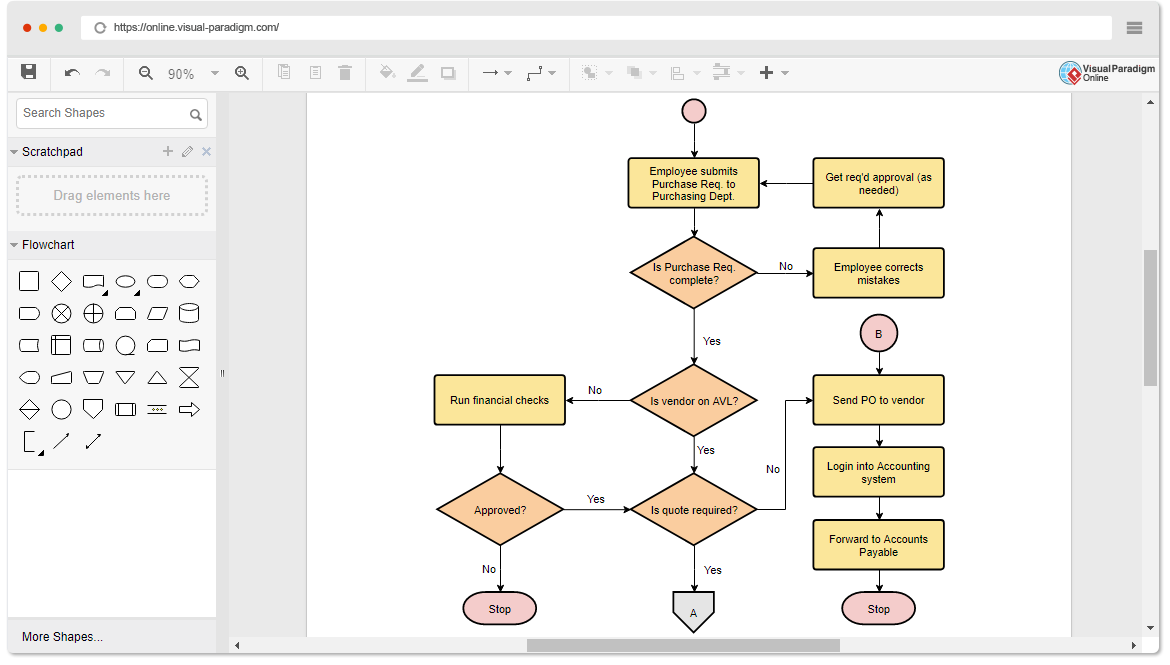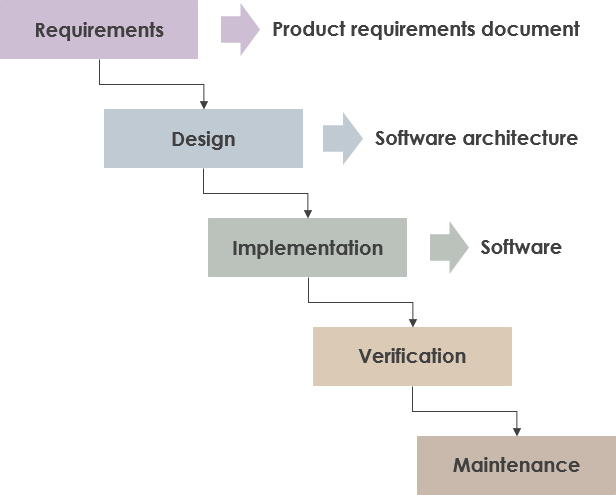In software engineering, the software development lifecycle is the process of dividing the software development effort into smaller, parallel or continuous steps or sub-processes to improve design, product management. This approach may include predefined specific deliverables and artifacts that the project team creates and completes for the development or maintenance of the software applications.
Continue reading